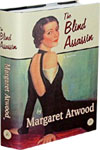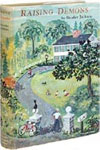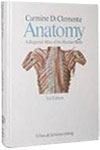IDL Programming Techniques, 2nd Edition
Fanning, David W.
From
World of Books (was SecondSale), Montgomery, IL, U.S.A.
Seller rating 5 out of 5 stars
![]()
AbeBooks Seller since December 20, 2007
About this Item
Description:
Item in very good condition! Textbooks may not include supplemental items i.e. CDs, access codes etc. Seller Inventory # 00072933567
Synopsis:
This book describes the essential IDL (Interactive Data Language) programming techniques readers need to write programs in the IDL language. It not only covers all the basics of line plots, contour and surface plots, image display, color handling, and hardcopy output, but it is also the only book currently available that shows readers how to write an IDL program with a graphical user interface and how to create and use objects in IDL. It is full of examples, tips, and tricks IDL programmers need to write powerful and elegant IDL programs. The book describes over 50 IDL programs that can be used to enhance the reader's own IDL programs.
About the Author: David Fanning, Ph.D. has worked exclusively with IDL software since 1987. As the former Director of Training for Research Systems, Inc., David Fanning has developed a number of IDL courses and has taught thousands of scientists and engineers how to write powerful IDL programs. He is now the owner of his own consulting company specializing in IDL training, programming, and consulting.
Bibliographic Details
Title: IDL Programming Techniques, 2nd Edition
Publisher: Fanning Software Consulting
Publication Date: 2000
Binding: Soft cover
Condition: Acceptable
Edition: 2nd Edition
AbeBooks offers millions of new, used, rare and out-of-print books, as well as cheap textbooks from thousands of booksellers around the world. Shopping on AbeBooks is easy, safe and 100% secure - search for your book, purchase a copy via our secure checkout and the bookseller ships it straight to you.
Search thousands of booksellers selling millions of new & used books
New & Used Books
New and used copies of new releases, best sellers and award winners. Save money with our huge selection.
Rare & Out of Print Books
From scarce first editions to sought-after signatures, find an array of rare, valuable and highly collectible books.



